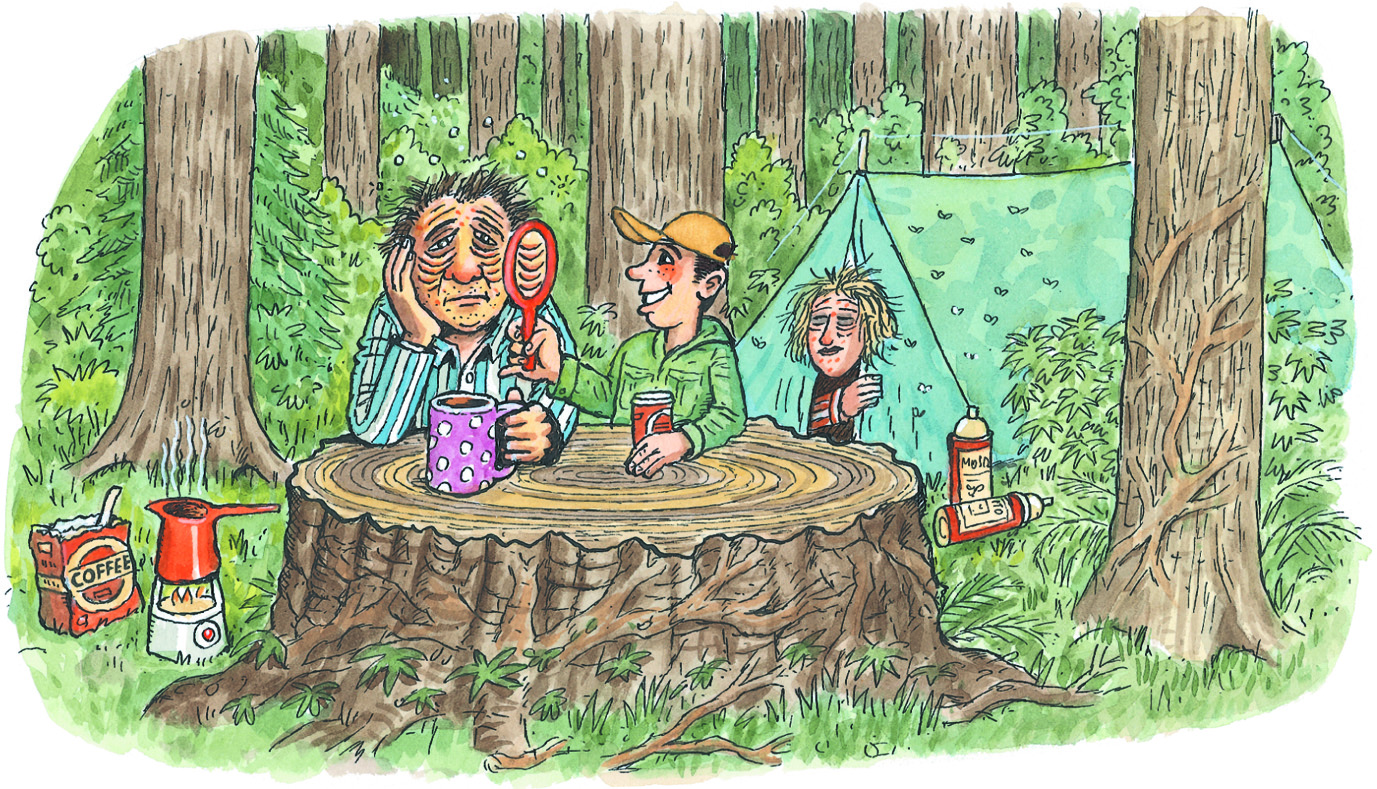
Overview
In this section you will find materials that support the implementation of EarthComm, Section 1: Paleoclimates.
Learning Outcomes
- Carry out an investigation that uses patterns in growth rings in trees as indicators of environmental change.
- Analyze and interpret data that show changes in temperature over time scales of 1000 and 160,000 years.
- Use a model to explain the significance of fossil pollen as evidence for climate change.
Inquiring Further
- To learn more about the Greenland Ice Sheet Project (GISP2), visit the following web site:
Greenland Ice Sheet Project 2 (GISP), University of Maine
An overview of the GISP 2 project that began in 1988 and aimed to drill to the bottom of an ice sheet.
3D Model of Greenland's Ice Sheet, NASA
GISP 2 is the longest deep-ice core ever from the Northern Hemisphere. Describes how scientists use ice-penetrating radar data to build a map of layers deep inside the Greenland Ice Sheet.
Greenland Ice Sheet Project 2: A Record of Climate Change, PBS
Interactive activity describes how climatologists obtain and interpret evidence from the Greenland Ice Sheet to build a picture of Earth's climate history.
Greenland Melting Trends, NOAA
Science on a Sphere visualization shows melting trends in Greenland. Describes how changes in the climate around Greenland can have a world-wide effect.
- To learn more about techniques for dating deep-sea sediments, visit the following web sites:
Magnetic Stripes and Isotopic Clocks, USGS
Provides information on astounding observations of ocean rocks that led to the unlocking of an important geological story.
Biostratigraphy, North Central University
Pdf provides useful information on biostratigraphy, the use of fossils to determine the ages of layers of marine sediments. Contains a useful list of definitions.
Biostratigraphy and Microfossils, Australian Academy of Sciences
Provides a useful overview of marine sediments and the many different species of fossils that are used to determine information about past climates.
- To learn more about paleoclimates in the United States, visit the following web sites:
Investigating Climate Change of Western North America, USGS
Explores various paleoclimatic data and how they can provide information about past climate and ocean and atmospheric processes.
Growth rings on rocks give up North American climate secrets, Univ. Berkeley
Learn how rocks, sediments and soil are being used to reconstruct past environments in North America.
Climatologist's Toolbox, University of Wisconsin
Learn how mud sediment in Walden Pond reveals evidence of its past environments.
Resources
To learn more about this topic, visit the following web sites:
Direct Records and Proxies
Paleoclimatology Data, NOAA
Paleoclimatology data are derived from natural sources such as tree rings, ice cores, corals, and ocean and lake sediments. Follow links to find out about the most widely-used proxy climate data types.
Fossil Pollen
What is Palynology, Florida Museum
Learn why fossil pollen is a useful tool for determining paleoclimates.
Paleoclimates and Pollen, UCAR
Information on trends and evidence of paleoclimates. Select appropriate tab to find out more background information.
Biological Proxies - Spores and Pollen, USGS
Learn how these microscopic structures for plant reproduction can yield records of vegetation and community changes over time.
Investigating Climate Change of Western North America, USGS
Learn more about climate change and the study of the geological record for Western North America.
Ice Cores
Core questions: An introduction to ice cores, NASA
Describes where ice cores come from and why glacial ice can be important source of past climate data.
Why Study Ice Cores?, National Ice Core Laboratory (NSF ICF)
Includes a brief description about why ice cores are an important source of information.
How is it done?, National Ice Core Laboratory (NICL), USGS
Shows the storage of ice cores at the lab. Video vault contains lots of stories derived from gas, acids, dust, and water stored in ancient ice.
Sea Sediments
Sea Sediments, Enviropedia
Learn more about sediments found on the sea floor and information that can be revealed by investigating these sediments.
Sedimentology 101, Australian Academy of Sciences
Learn the basic principles of sedimentology—the study of how modern sediments are created, transported, deposited and eventually turn into rock.
Glacial Landforms and Sediments
What is a Glacier?, National Snow and Ice Data Center
Provides information on glacial formation, movement, and associated landforms.
Glaciers and their Landforms, NPS
Provides information on glaciers, their types, movement, and associated landforms with photos of examples from the United States.
Glacial Landforms, Encyclopedia Brittannica
A glacial landform is any product of flowing ice and meltwater. Describes different landforms that can be used to model past climates.
Tree Rings
What is dendrochronolgy, Cornell University
Overview of using tree ring dating. Links to proceedures for dating tree material.
About Tree Rings, University of Arizona
Overview of the dating and study of annual rings in trees, including what they tell us.
References in Dendrochronology, University of Tennessee
Provides additional resources for tree ring research.
